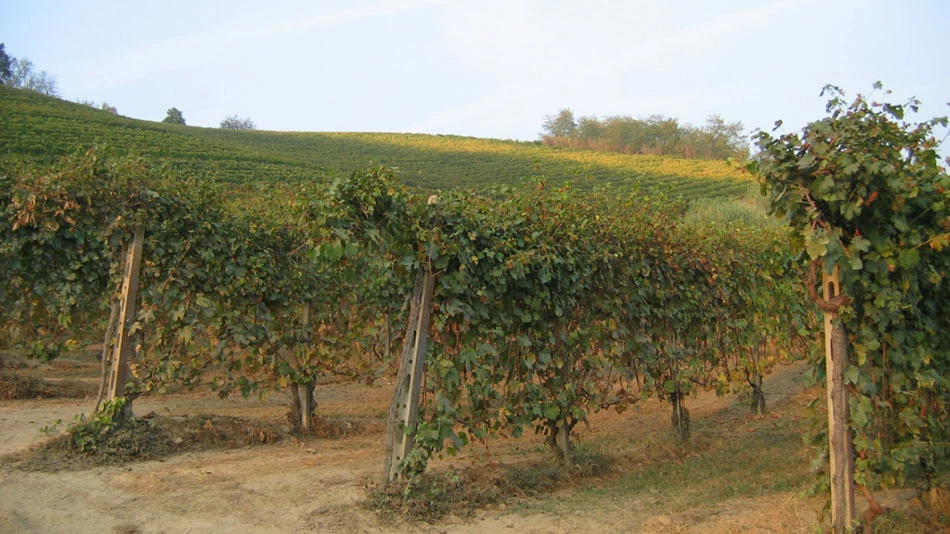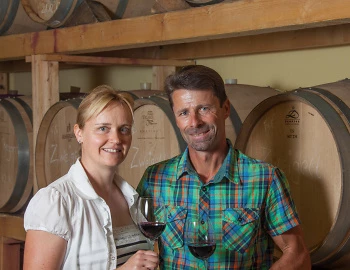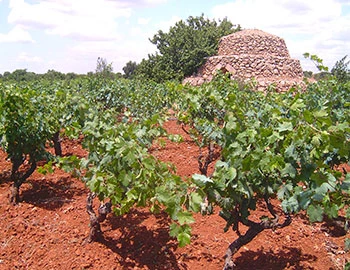Luca Abrate / Tenuta La Meridiana
Die Azienda Vinicola Abrate wurde 1878 von Bernardino Abrate gegründet, der im Dorf auch unter dem Namen „Din-Din" bekannt war, welcher auf das typische Klingeln der zahlreichen Glöckchen zurückzuführen ist, mit denen er die Pferde seiner Kutsche schmückte. Luca Abrate führt die Weintradition im rund 10 Hektar grossen Weingut weiter, tatkräftig unterstützt durch seine Ehefrau Simona. Die beiden Töchterchen werden wohl jetzt schon sanft auf ihre Zukunft vorbereitet. Das Gebiet Roero erstreckt sich am linken Ufer des Tanaro nordwestlich von Alba als hügelige, fast lieblich anmutende Landschaft. Der Name Roero entstammt einer Familie, die im Mittelalter hier die Herrschaft über das Gebiet innehatte. Die Weingärten der Abrates befinden sich in Santa Vittoria d'Alba, in der südlichen Ecke des Roero-Gebiets und nur wenige Kilometer von der Stadt Bra entfernt. Luca kultiviert ausschliesslich traditionelle Piemonteser Rebsorten wie Arneis, Barbera und Nebbiolo, die im Durchschnitt mehr als 30-jährig sind. Alle Trauben werden sorgfältig von Hand gelesen. In den sandigen und kalkhaltigen Böden können hie und da Fossilien eines vorgeschichtlichen Meeres gefunden werden. Die Weissweine weisen auch eine spürbare Mineralität am Gaumen auf. Als Önologe mit Leib und Seele liebt es Luca, im Keller auch zu experimentieren und aus den traditionellen Sorten moderne Interpretationen zu kreieren. So entstand auch der Arneis 21 Settembre. Das Datum ist im Übrigen das Geburtsdatum seiner erstgeborenen Tochter Amanda.

Producer

Abelé 1757
CHAMPAGNE MAISON ABELÉ 1757
exceptional – tailor-made – long maturing time – very small quantities

Roland und Karin Lenz
In 1994, while Roland Lenz was still studying oenology, he and his wife Karin were able to acquire eight hectares of vines on the Iselisberg. It was a unique opportunity that they seized, even though they were toying with the idea of setting up their own business abroad, far from Switzerland. They actually did so later, but that's another story…

